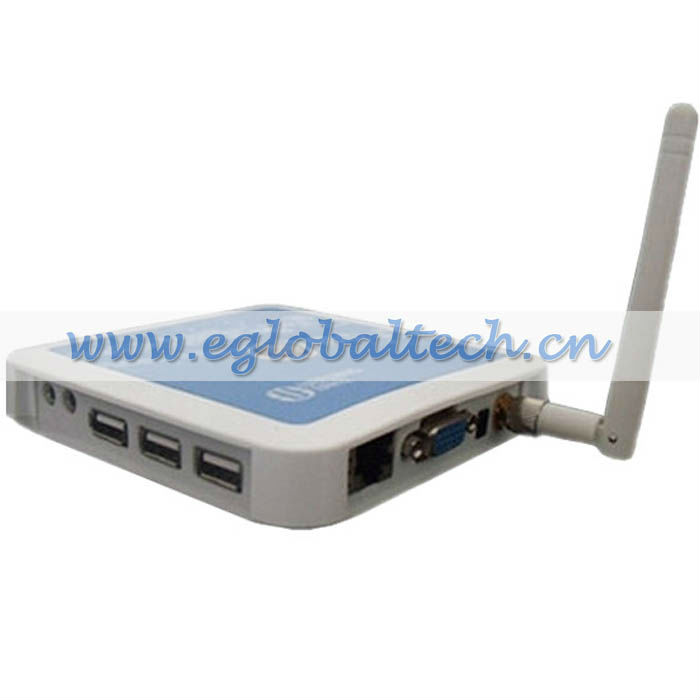Windows Ce 6 0 Rdp Client

Provides an update for Remote Desktop client for Windows Embedded CE 6.0 that is dated June 2011. Download RDP Client 6.0; Download RDP Client 6.0. Posted on January 8, 2009 by Daniel Petri in Downloads with. Download RDP 6.0 for Windows XP 64-bit (4.4mb). Jan 6, 2010 - For Windows Embedded CE 6.0 R2, Credential Management User Interface (CredUI) is a new feature that prompts the user to enter their username and password, or their Smart Card PIN. After the user clicks Connect on the Windows Embedded CE Terminal Services Client (CETSC) user interface (UI), the.

With RDP, a Windows Embedded CE powered device, such as a thin client, can communicate with a Windows-based server that runs Terminal Services across one of the following: • A local area network (LAN) • A wide area network (WAN) • A dial-up connection • Integrated Services Digital Network (ISDN) • A Digital subscriber line (DSL) • A virtual private network (VPN) connection The RDP protocol uses TCP/IP as its transport protocol, based on the recommended standard for data protocols for multimedia conferencing (ITU T.120), as defined by the International Telecommunications Union. In Windows Embedded CE 6.0 R2, RDP has one mode of operation. Fire Emblem Souen No Kiseki Isolation. It operates in ActiveX Control mode and runs inside its own process space. By running in ActiveX Control mode, a Terminal Services session that is using RDP can operate in a Web browser. • Remote Desktop Connection: RDP provides the Remote Desktop Connection client. This enables a Windows Embedded CE powered device to establish a connection with a server that is running Terminal Services. • Remote Desktop Web Connection: RDP enables a developer to create a Remote Desktop connection in a Web browser by using the Remote Desktop ActiveX Control.
• Terminal Services client access licenses (TS CAL) maintenance tool: This Control Panel utility is available in any OS design that supports Control Panel programs, for example, the Enterprise Terminal design template. The TS CAL maintenance tool requires that the Remote Desktop Connection client be included in the run-time image.
For more information, see,, and. Security Features. • Secure Sockets Layer (SSL) and Transport Layer Security (TLS): RDP supports SSL and TLS protocols for encrypting data that is sent through an RDP channel. • Network Level Authentication (NLA): RDP supports Network Level Authentication, an authentication method that finishes the user authentication process before a full Remote Desktop Connection is established and the logon screen appears. • Server Authentication: RDP supports Server Authentication (SA). This is used to verify that a thin client is connecting to an authorized remote server.
For more information, see. Networking Features.
• Unicode compatibility: RDP provides Unicode compatibility. This enables you to send Unicode character values as virtual key codes for keyboard input. • Network bandwidth management: RDP provides variable bandwidth allocation by using client-side bitmap caching and optional compression for low-bandwidth connections. This significantly improves performance over low-bandwidth connections.
• Virtual channels: RDP supports a multichannel-capable protocol that enables separate virtual channels to carry presentation data, serial-device communication, licensing information, and heavily encrypted data. • Remote-Control Persistent Virtual Channels: RDP provides remote-control persistent virtual channels. This lets support staff remotely view and control a Terminal Services session. By sharing input and display graphics between two Terminal Services sessions, a support person can diagnose and resolve problems remotely.